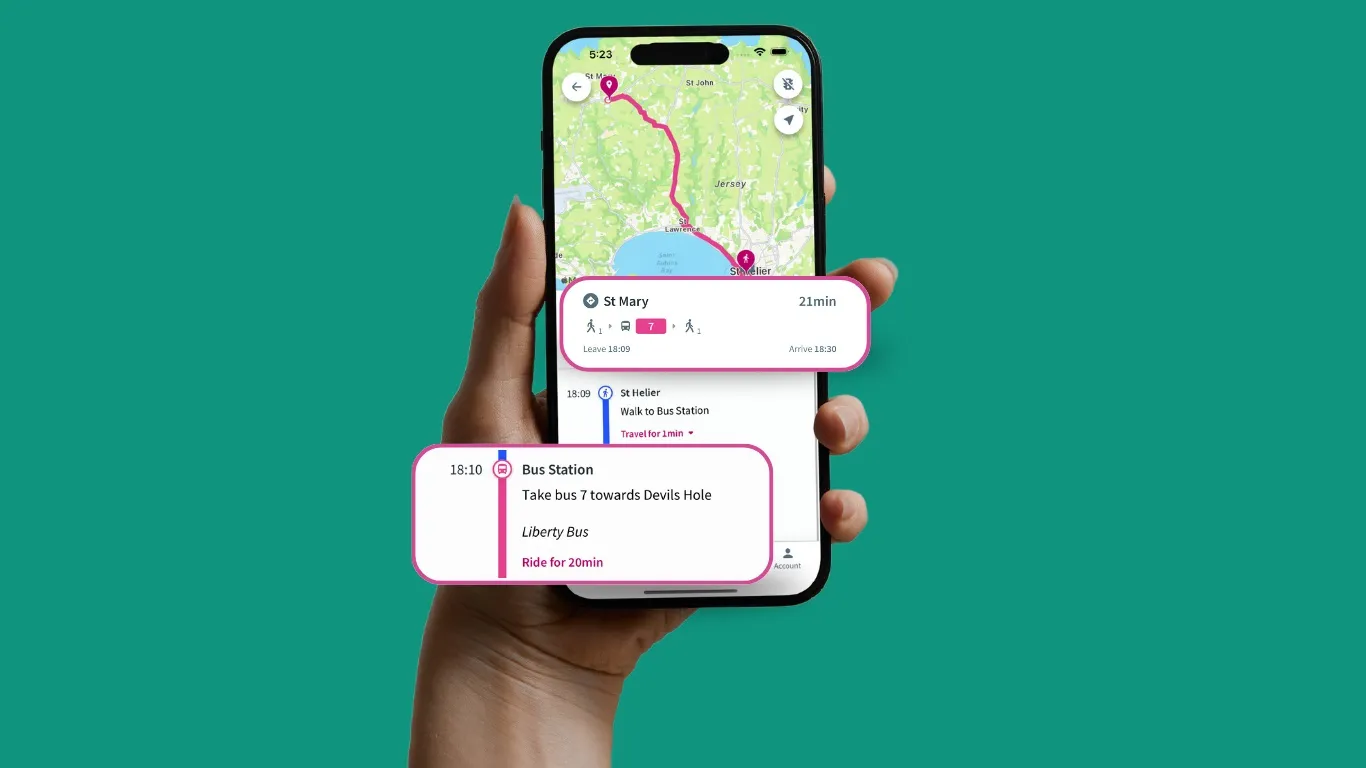Trafi and public transport company Berliner Verkehrsbetriebe have officially launched the Jelbi app following a beta launch in the German capital.
Tech firm Trafi says Jelbi allows users to find buses, trams, trains, ferries, metro, bikes, e-scooters, shuttles, car-share and taxis.
Jakob Michael Heider, BVG’s head of Jelbi, says: “By bringing all the pieces of the mobility puzzle together, we can give our users an attractive alternative to private car usage.”
According to Trafi, the app’s connected integrated mobility network and real-time routing make it easier for users to plan and pay for journeys. Riders do not need to sign up to additional providers and can keep tickets in one place, the company adds.
As part of the launch, ViaVan’s BerlKönig shuttles, Tier’s e-kick scooters and Taxi Berlin will join Jelbi’s network of partners which currently includes car-sharing firm Miles Mobility, Nextbike and train operator Deutsche Bahn.
Berlin seeks to embed MaaS with Jelbi app
Berlin has become the latest city seeking to convince travellers of the benefits of Mobility as a Service
October 3, 2019
Read time: 1 min







